4-ACETOXYBENZALDEHYDE
Synonym(s):4-Formylphenyl acetate
- CAS NO.:878-00-2
- Empirical Formula: C9H8O3
- Molecular Weight: 164.16
- MDL number: MFCD00003384
- EINECS: 212-898-3
- SAFETY DATA SHEET (SDS)
- Update Date: 2025-02-18 19:55:12

What is 4-ACETOXYBENZALDEHYDE?
Chemical properties
Clear colorless to pale yellow liquid
The Uses of 4-ACETOXYBENZALDEHYDE
4-Acetoxybenzaldehyde is used as pharmaceutical intermediate.
Definition
ChEBI: An acetate ester that is phenyl acetate substituted by a formyl group at position 4.
Synthesis Reference(s)
The Journal of Organic Chemistry, 50, p. 539, 1985 DOI: 10.1021/jo00204a025
General Description
The reductive amination of 4-acetoxybenzaldehyde (4-formylphenyl acetate) with an azanonaborane cluster in the presence of H3BNH2(CH2)4NH2 was studied.
Properties of 4-ACETOXYBENZALDEHYDE
| Melting point: | 213 °C |
| Boiling point: | 152-153 °C/17 mmHg (lit.) |
| Density | 1.168 g/mL at 25 °C (lit.) |
| refractive index | n |
| Flash point: | >230 °F |
| storage temp. | under inert gas (nitrogen or Argon) at 2-8°C |
| form | clear liquid |
| Specific Gravity | 1.168 |
| color | Colorless to Light yellow |
| Sensitive | Air Sensitive |
| BRN | 1101359 |
| CAS DataBase Reference | 878-00-2(CAS DataBase Reference) |
| EPA Substance Registry System | Benzaldehyde, 4-(acetyloxy)- (878-00-2) |
Safety information for 4-ACETOXYBENZALDEHYDE
| Signal word | Warning |
| Pictogram(s) |
 Exclamation Mark Irritant GHS07 |
| GHS Hazard Statements |
H315:Skin corrosion/irritation H319:Serious eye damage/eye irritation H335:Specific target organ toxicity, single exposure;Respiratory tract irritation |
| Precautionary Statement Codes |
P261:Avoid breathing dust/fume/gas/mist/vapours/spray. P264:Wash hands thoroughly after handling. P264:Wash skin thouroughly after handling. P271:Use only outdoors or in a well-ventilated area. P280:Wear protective gloves/protective clothing/eye protection/face protection. P302+P352:IF ON SKIN: wash with plenty of soap and water. P305+P351+P338:IF IN EYES: Rinse cautiously with water for several minutes. Remove contact lenses, if present and easy to do. Continuerinsing. |
Computed Descriptors for 4-ACETOXYBENZALDEHYDE
New Products
Methyl (R)-1-Boc-4,4-difluoropyrrolidine-2-carboxylate 2,2-Difluoropropylamine hydrochloride tert-butyl 3-bromoazetidine-1-carboxylate (R)-1-Boc-3-hydroxypyrrolidine DIFLUOROACETIC ANHYDRIDE 2,2-Difluoropropionic acid Diallylamine, 99% Calcium hydroxide, 95% Aluminum oxide, basic 2-Bromophenylacetonitrile, 97% L-tert-Leucine,97% N-Hydroxy-2-methylpropanimidamide 4-(3,4-Dichlorophenyl)-3,4-Dihydro-N-Methyl-1-(2H)-Naphthalenimine (Schiff Base) 2-AMINO-3,5-DIBROMO BENZALDEHYDE [ADBA] L-Glutamic Acid Dimethyl Ester Hcl 10-Methoxy-5H-dibenz[b,f]azepine 5-Cyanophthalide N, N-Carbonyldiimidazole (CDI) Dibenzoyl Peroxide Titanium Dioxide 2-(Methylthio) Benzonitrile Sodium Acetate Anhydrous Allopurinol 1,5-DibromopentaneRelated products of tetrahydrofuran
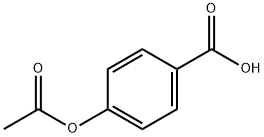
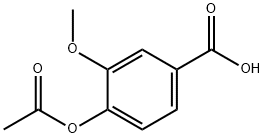
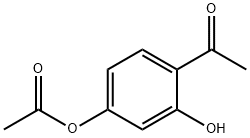
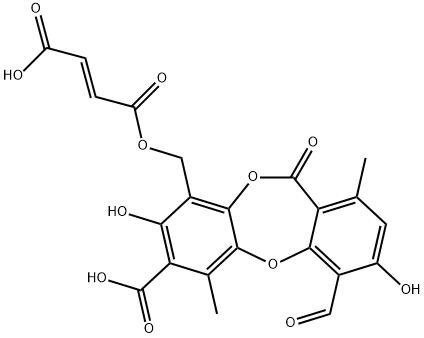
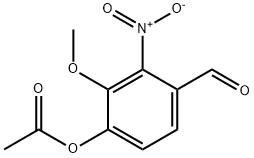



You may like
-
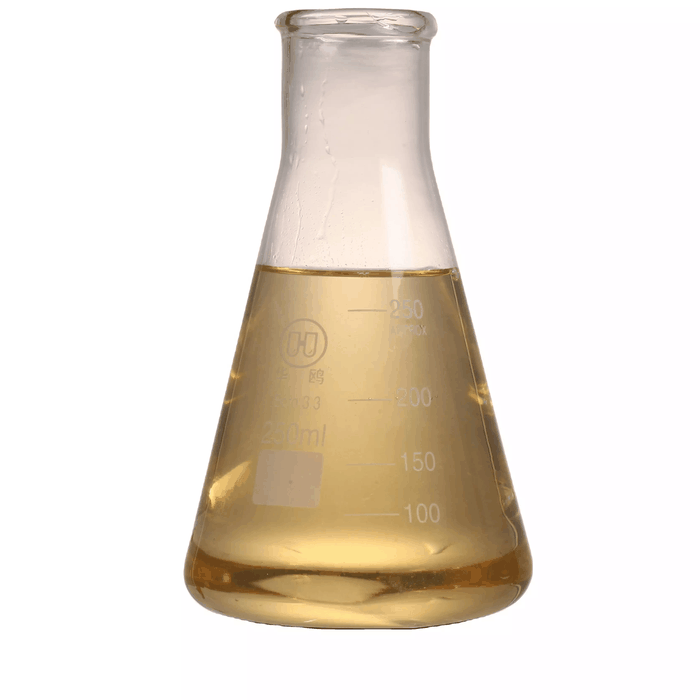 878-00-2 4-Acetoxybenzaldehyde 98%View Details
878-00-2 4-Acetoxybenzaldehyde 98%View Details
878-00-2 -
 878-00-2 98%View Details
878-00-2 98%View Details
878-00-2 -
 4-Acetoxybenzaldehyde 878-00-2 98%View Details
4-Acetoxybenzaldehyde 878-00-2 98%View Details
878-00-2 -
 4-Acetoxybenzaldehyde CAS 878-00-2View Details
4-Acetoxybenzaldehyde CAS 878-00-2View Details
878-00-2 -
 4-Acetoxybenzaldehyde CAS 878-00-2View Details
4-Acetoxybenzaldehyde CAS 878-00-2View Details
878-00-2 -
 Ethyl-2-Chloroacetoacetate 609-15-4View Details
Ethyl-2-Chloroacetoacetate 609-15-4View Details
609-15-4 -
 609-15-4View Details
609-15-4View Details
609-15-4 -
 27143-07-3View Details
27143-07-3View Details
27143-07-3
Statement: All products displayed on this website are only used for non medical purposes such as industrial applications or scientific research, and cannot be used for clinical diagnosis or treatment of humans or animals. They are not medicinal or edible.
